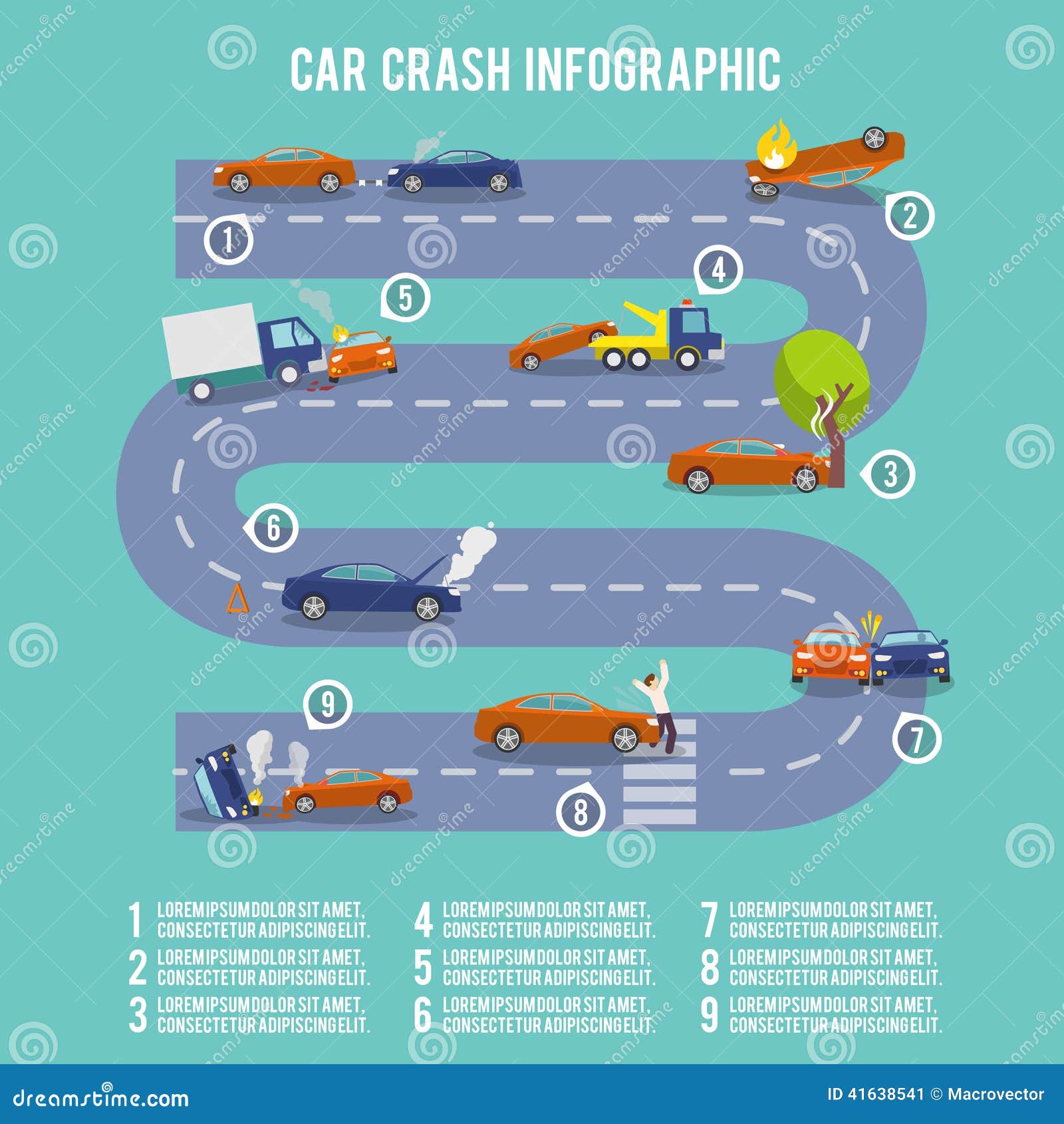Wondering About The Definition Behind Those Control Panel Caution Lights? Gain Understandings Right Into Their Ramifications For Your Car'S Safety And Security And Maintenance
Wondering About The Definition Behind Those Control Panel Caution Lights? Gain Understandings Right Into Their Ramifications For Your Car'S Safety And Security And Maintenance
Blog Article
Short Article Composed By-Lim Gilbert
When you lag the wheel, those radiant caution lights on your control panel can be a little bit bewildering. Do you know what they're trying to inform you about your auto's health and wellness? Comprehending the significance of these lights is important for your safety and the long life of your car. So, the following time among those lights turns up, would not you intend to analyze its message properly and take the necessary steps to resolve it?
Common Warning Lighting and Interpretations
Recognize typical warning lights in your vehicle and comprehend their definitions to ensure secure driving.
One of the most common warning lights include the check engine light, which indicates concerns with the engine or emissions system. If this light begins, it's essential to have your lorry examined immediately.
The oil stress advising light shows low oil pressure, calling for immediate focus to avoid engine damage.
A blinking battery light could recommend a malfunctioning charging system, potentially leaving you stranded if not attended to.
The tire pressure tracking system (TPMS) light alerts you to reduced tire stress, affecting car security and gas performance. Neglecting this could result in risky driving conditions.
The ABS light indicates an issue with the anti-lock braking system, endangering your capacity to stop promptly in emergencies.
Lastly, the coolant temperature advising light warns of engine overheating, which can result in severe damages otherwise dealt with promptly.
Recognizing these typical caution lights will certainly help you resolve problems immediately and maintain safe driving problems.
Importance of Prompt Focus
Comprehending the common warning lights in your automobile is only the very first step; the importance of without delay attending to these cautions can't be stressed sufficient to guarantee your safety when driving.
When a warning light brightens on your control panel, it's your auto's method of communicating a potential issue that needs interest. Neglecting these warnings can lead to a lot more extreme troubles in the future, compromising your safety and possibly costing you much more out of commission.
Prompt attention to warning lights can stop failures and crashes. For example, a blinking check engine light could indicate a misfire that, if left ignored, can trigger damage to the catalytic converter. Addressing this immediately can conserve you from a costly repair.
Similarly, a brake system advising light might signify low brake fluid or used brake pads, critical parts for your security when driving.
Do It Yourself Troubleshooting Tips
If you observe a warning light on your control panel, there are a couple of DIY troubleshooting ideas you can attempt before looking for specialist help.
The very first step is to consult your car's manual to understand what the details warning light indicates. Occasionally the issue can be as straightforward as a loosened gas cap triggering the check engine light. Tightening up visit the up coming document might deal with the issue.
Another typical problem is a reduced battery, which can set off various advising lights. Inspecting the battery connections for rust and guaranteeing they're secure may repair the trouble.
If a caution light continues, you can attempt resetting it by detaching the vehicle's battery for a few minutes and after that reconnecting it. Furthermore, checking your lorry's liquid degrees, such as oil, coolant, and brake fluid, can aid fix alerting lights associated with these systems.
Conclusion
To conclude, recognizing your cars and truck's warning lights is important for maintaining your automobile running efficiently and securely. By immediately attending to these alerts and knowing what they indicate, you can avoid pricey repair services and prospective failures.
Keep in mind to consult your automobile's guidebook for certain details on each advising light and act appropriately to guarantee a trouble-free driving experience.
Stay educated, stay risk-free when driving!
